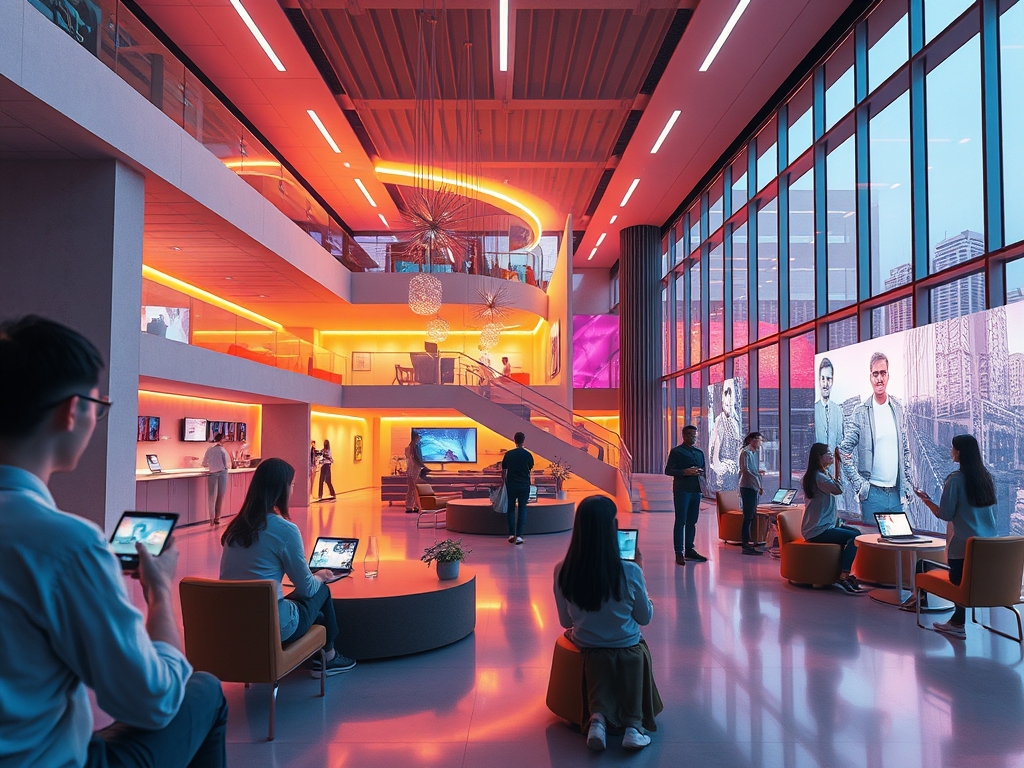Why You Should Use a Web-Based Rendering Engine

The Story of a Game-Changing Presentation
Picture this: an architectural firm competing for a multi-million-dollar contract. The stakes are high, and their rivals come armed with sleek presentations. But this firm takes a different approach—instead of relying on static images or cumbersome VR setups, they offer a live, interactive 3D tour, accessible right in the client’s browser.
The client steps into the proposed design virtually, exploring spaces, toggling material options, and visualizing lighting changes in real time. The immersive experience resonates deeply, making the firm’s vision unforgettable. It’s not just a presentation; it’s a story brought to life, powered by a web-based rendering engine.
What Makes Web-Based Rendering Engines Stand Out?
- Unmatched Accessibility Forget the need for specialized hardware or software installations. Web-based rendering engines democratize access, allowing stakeholders to engage with high-fidelity visuals on any browser-equipped device. This ease of access levels the playing field, ensuring everyone—from designers to clients—can connect seamlessly.
- Dynamic, Real-Time Experiences Stale renderings don’t cut it anymore. With web-based tools, users dive into a living design, tweaking elements on the go. It’s a visceral, hands-on way to explore projects, where every adjustment feels intuitive and immediate.
- Revolutionized Collaboration In the geographically dispersed world of AEC, collaboration often feels fragmented. Web-based rendering engines bring teams together in real-time virtual spaces, allowing for instant feedback and co-creation. It’s like having a shared canvas where ideas flow without interruption.
- Scalable Cost Efficiency Why invest in expensive hardware when the cloud can shoulder the heavy lifting? These engines scale resources dynamically, so firms only pay for what they need, optimizing budgets without compromising performance.
Real-World Impact
Transforming Design Showcases An interior design firm revolutionized client engagement by building virtual showrooms. Clients could explore spaces, customize elements, and finalize decisions online, reducing lead times and eliminating logistical hurdles.
Accelerating Engineering Prototyping An engineering team embraced web-based visualization for complex system designs. By collaborating in real time, they streamlined feedback loops and cut prototype revisions by nearly a third, speeding up project timelines.
The Future Is Browser-Based
The AEC industry thrives on innovation, and web-based rendering engines epitomize this spirit. They transcend the limitations of traditional tools, merging cutting-edge visualization with the simplicity of a browser. These engines are more than a tool—they’re a paradigm shift.
As design professionals, we face a choice: cling to outdated workflows or embrace the possibilities of the web. The firms that adopt this technology today will set the standard for tomorrow. Web-based rendering isn’t just a feature—it’s a gateway to rethinking how we create, collaborate, and communicate.
Don’t just keep up. Lead. Explore the transformative power of web-based rendering engines and reimagine what’s possible.